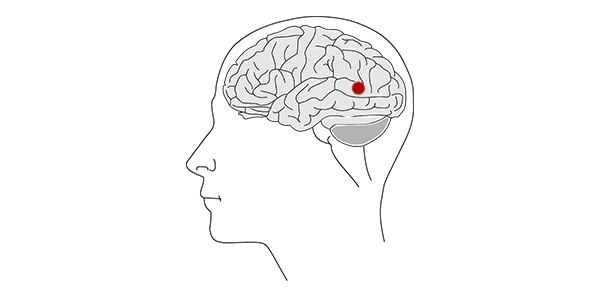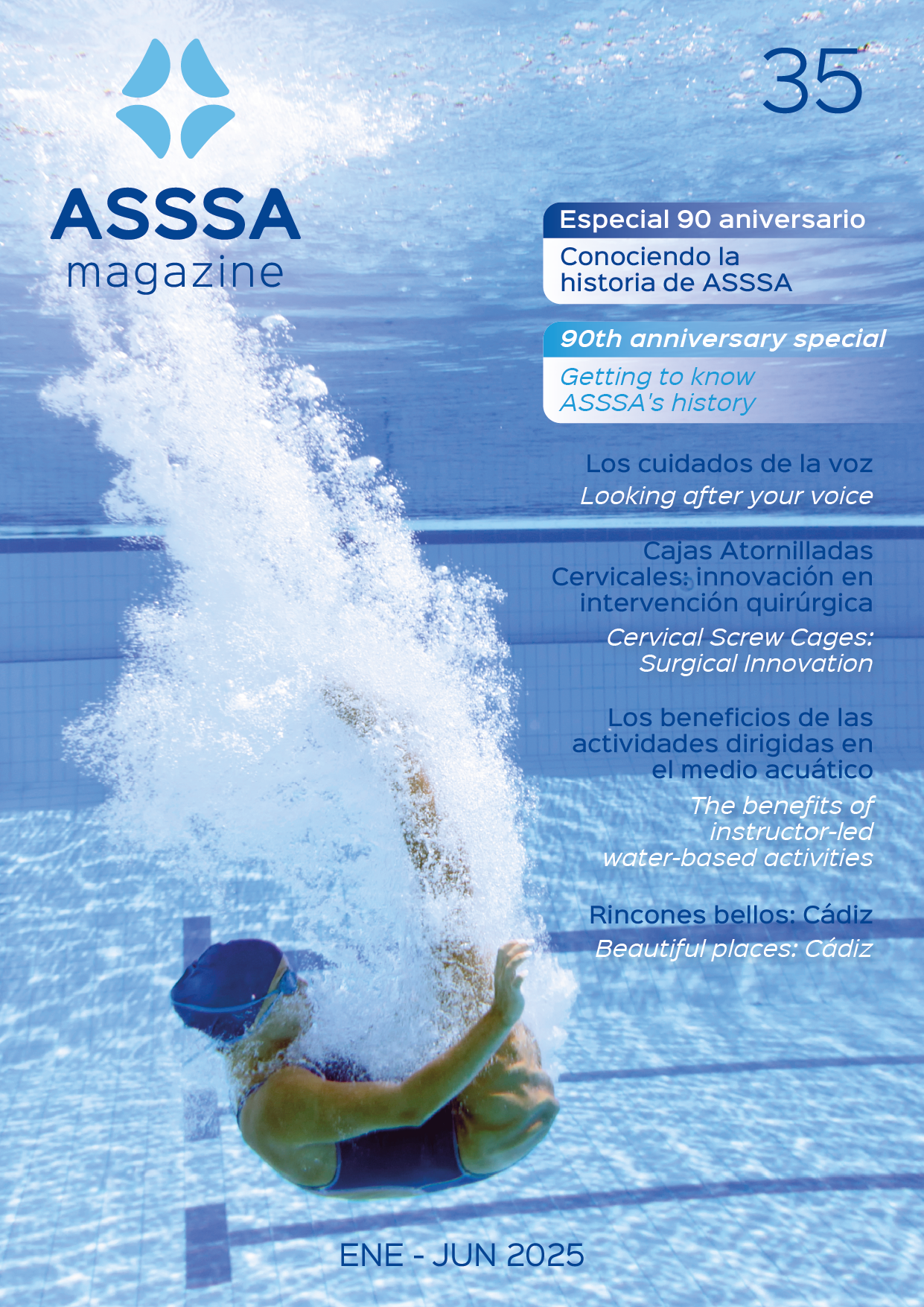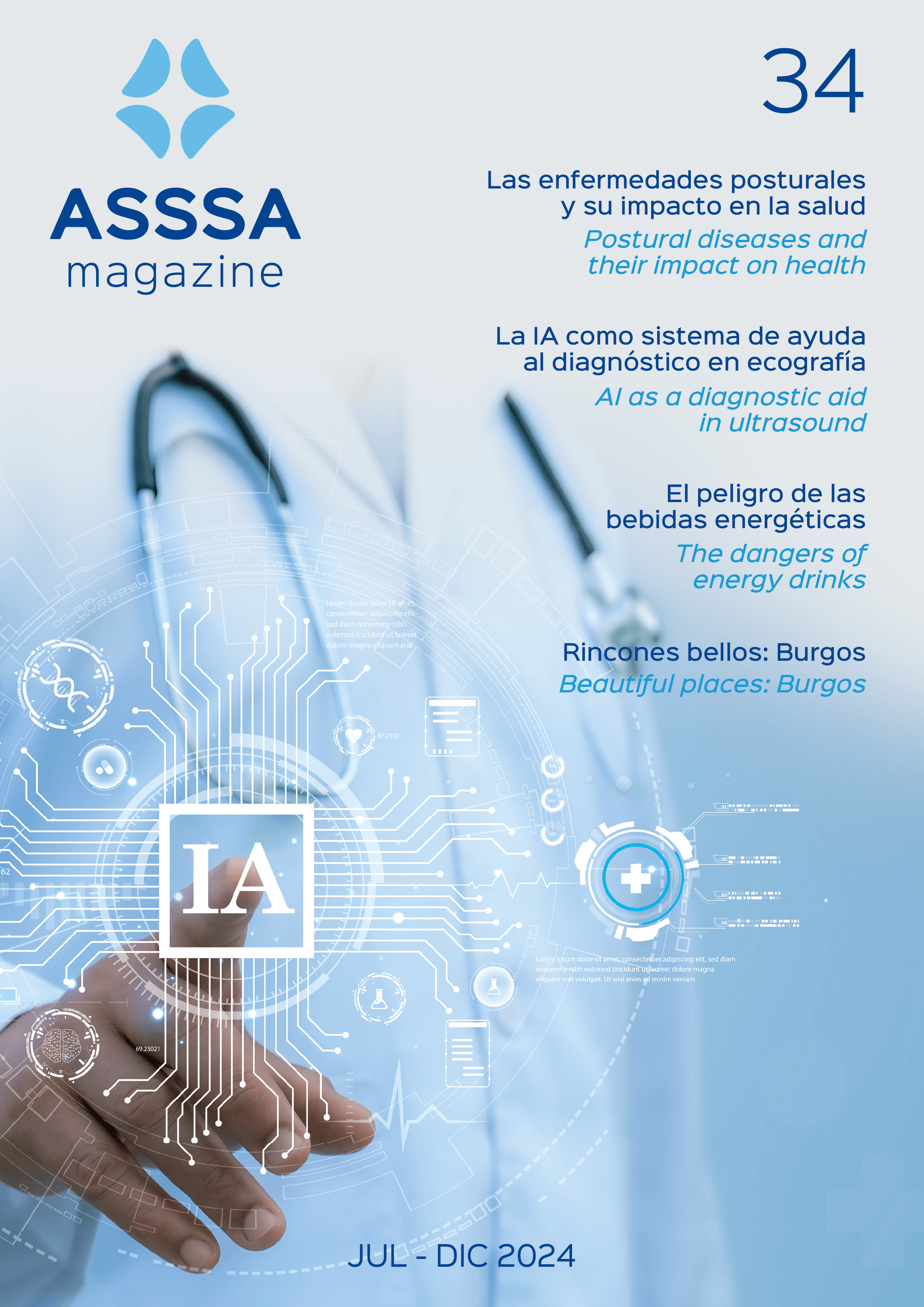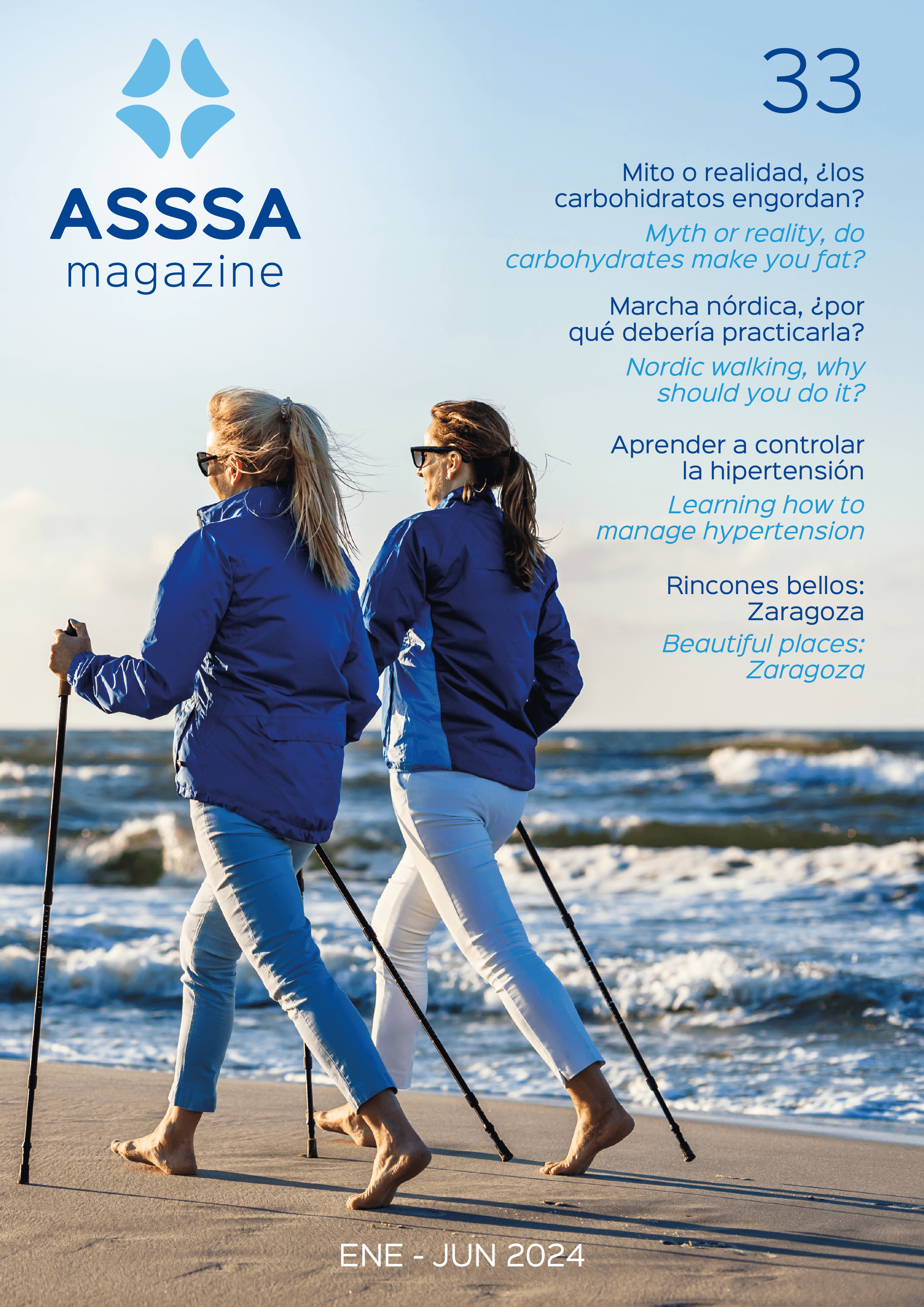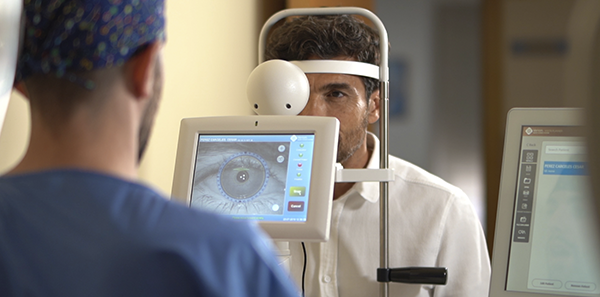
Visual fatigue and presbyopia are eye conditions that impair vision. However, although they seem similar, they are not the same thing.
Visual fatigue or asthenopia is an increasingly common problem in ophthalmology. The excessive and prolonged use of electronic devices nowadays causes strain on the visual system, mainly when you look closely or adjust your focus for long periods of time. This is called accommodative asthenopia.
In other words, the closer you look at something, the harder your eyes work, causing itching, redness and even headaches. If you spend an average of 8 hours a day in front of a screen and add to that the hours you spend on your mobile phone, it is normal to experience symptoms of visual fatigue. This is why specialists recommend wearing appropriate corrective lenses if necessary, as well as resting your eyes for a few minutes and looking into the distance every 2-3 hours.
Another major symptom is dry eyes, as your blink rate is slower. Using eye drops and reducing the brightness of your screens can help alleviate this.
In addition, if you suffer from any uncorrected refractive error or your accommodative ability is insufficient, as in the case of presbyopia, this visual fatigue will be exacerbated.
Presbyopia is irreversible, but it can be corrected
Presbyopia is a visual impairment that affects 85% of the population over the age of 45, as it appears with age and cannot be prevented.
It is not a disease, but rather an inevitable refractive error that we all experience sooner or later, regardless of whether you have worn glasses or not. It is caused by a physiological process in your eye and is not related to the use of technology.
The symptoms are progressive and become more severe over the years. The first signs appear around the age of 40-45 during everyday activities, such as difficulty focusing on close objects when reading. Moving objects further away to see them clearly is a sign of presbyopia.
This is a natural process of ageing of the lens, as over time it becomes stiffer and loses its elasticity, thus reducing its ability to bend (to switch from distance to close vision).
It is usually treated with reading glasses. If combined with a long-sighted problem, varifocal glasses are recommended. You can also opt for surgery, which involves removing the lens and replacing it with an artificial intraocular lens. Femtosecond laser technology allows it to be implanted with millimetre precision in milliseconds.
Lastly, in response to patients’ questions, presbyopia surgery prevents the future development of cataracts (ageing of the lens, which changes from transparent to cloudy), as presbyopia is a precursor to cataracts, meaning that it acts as a preventive measure.
Dr. Pedro Tañá
Medical Director of Grupo Oftalvist



